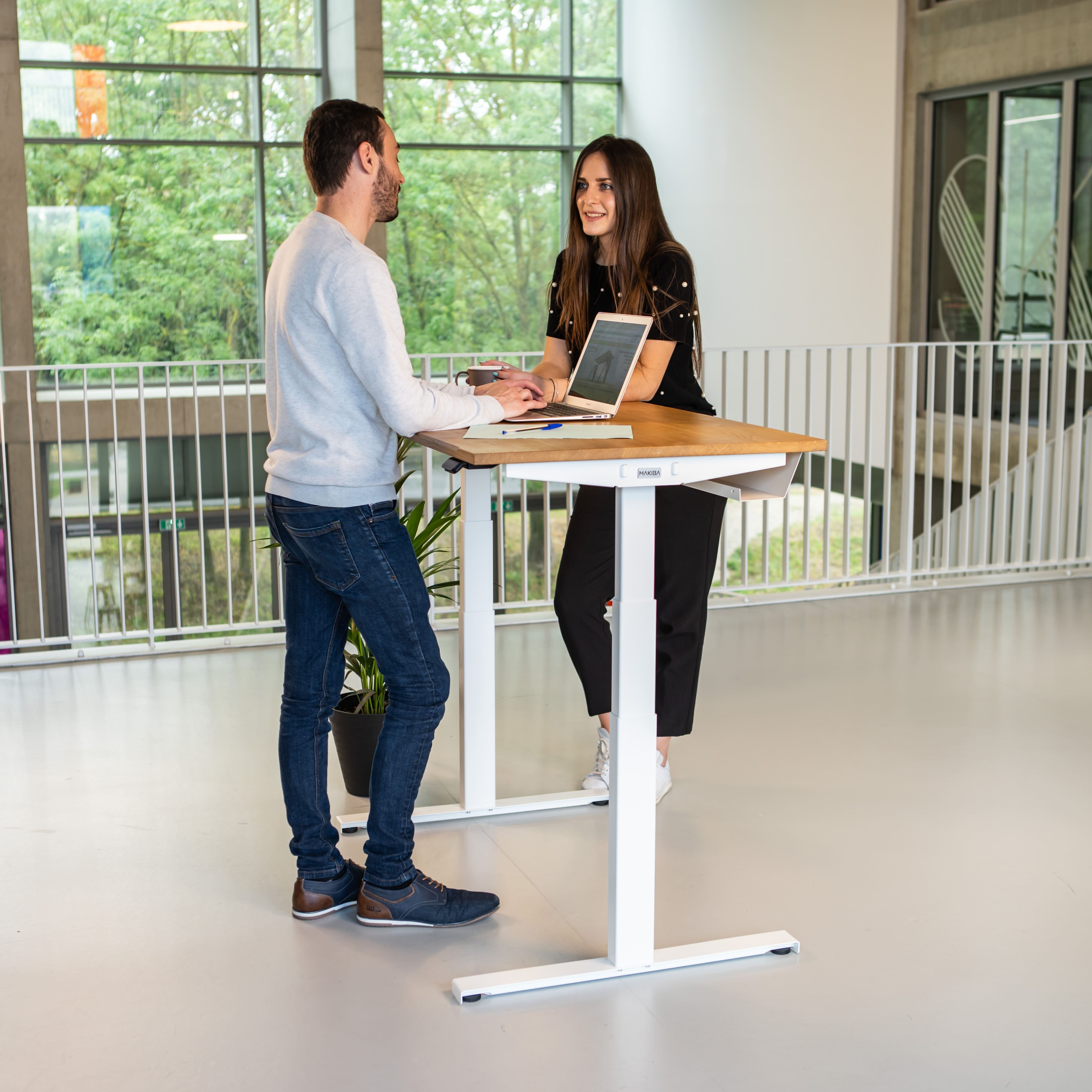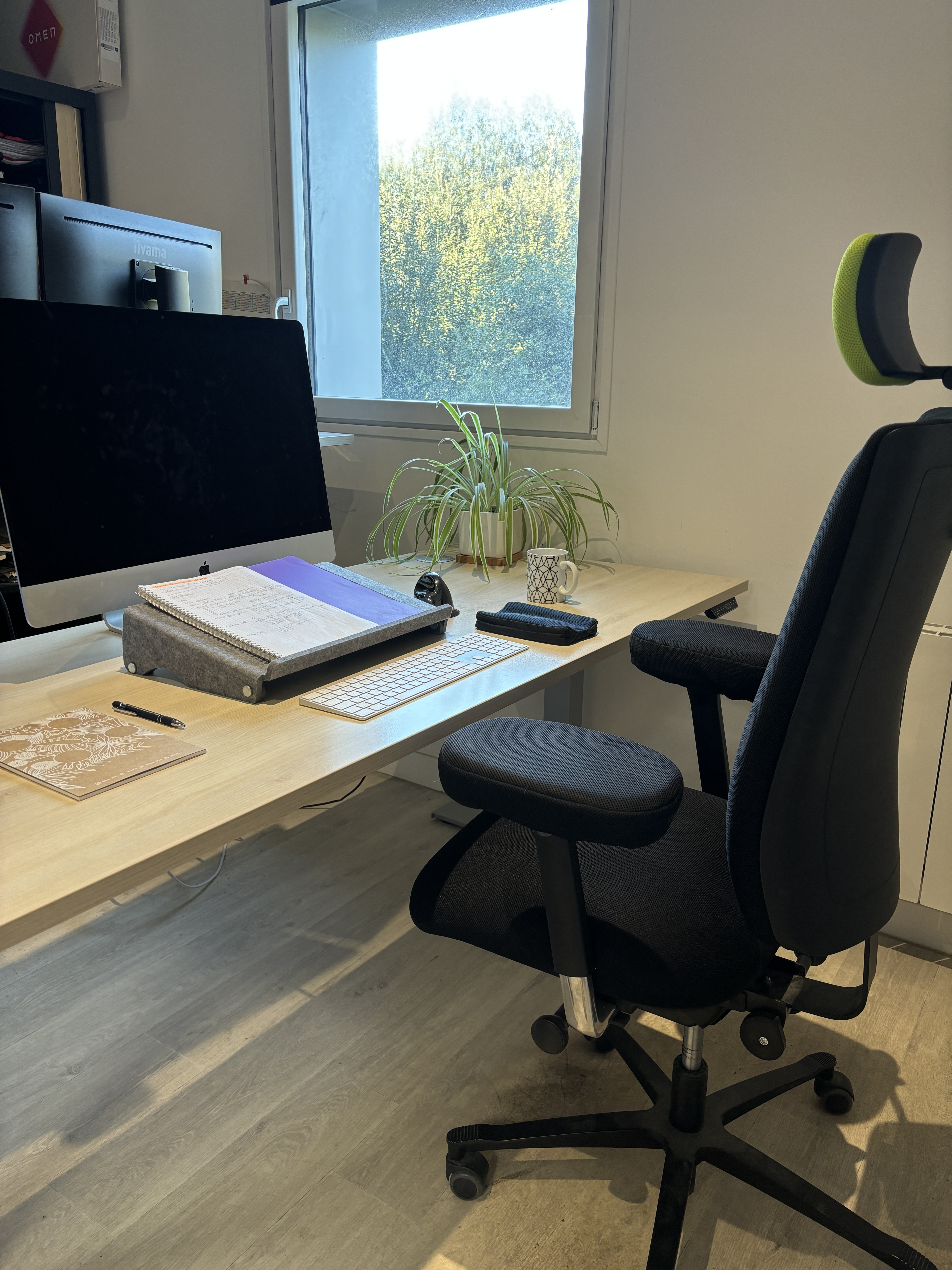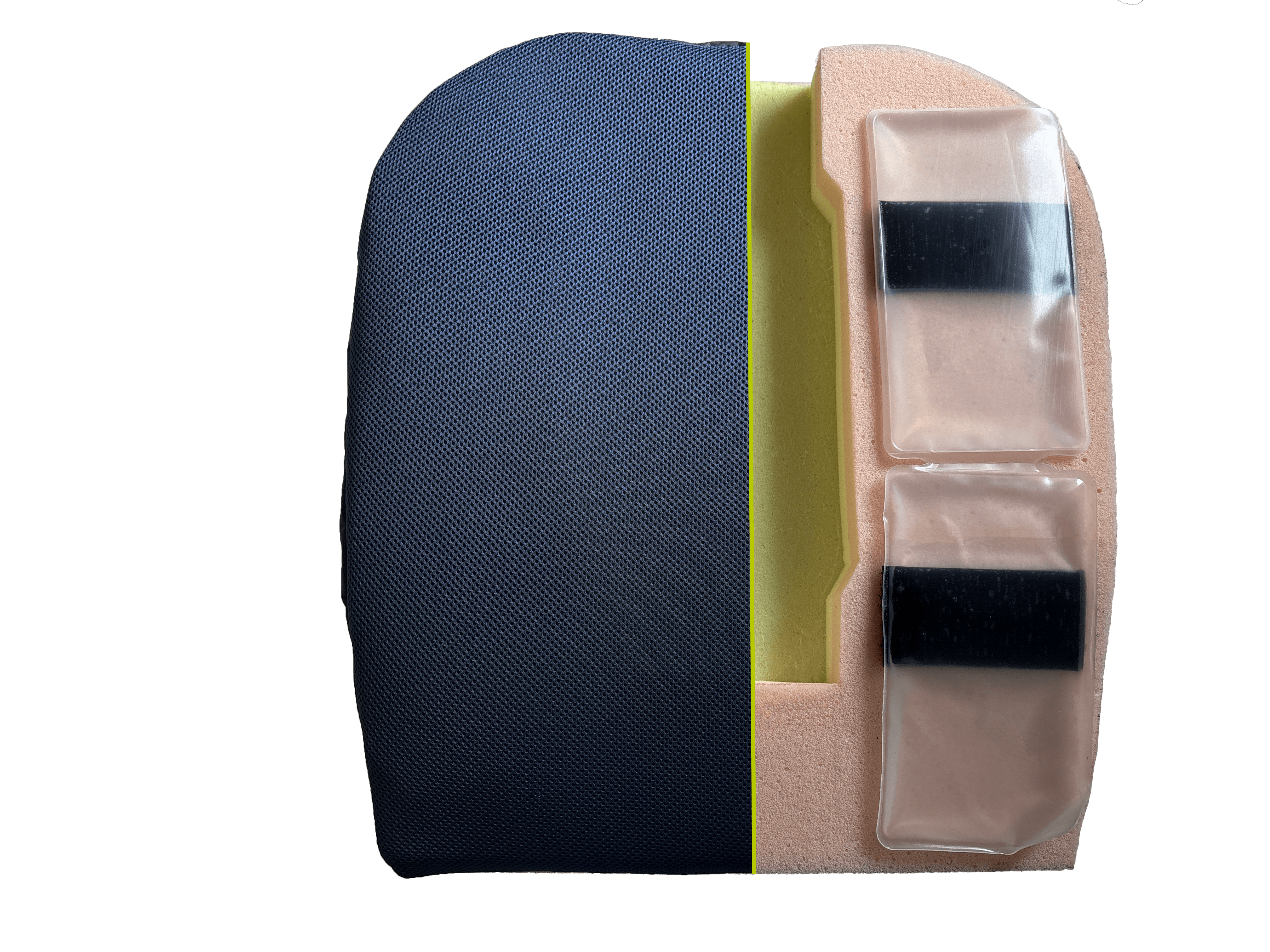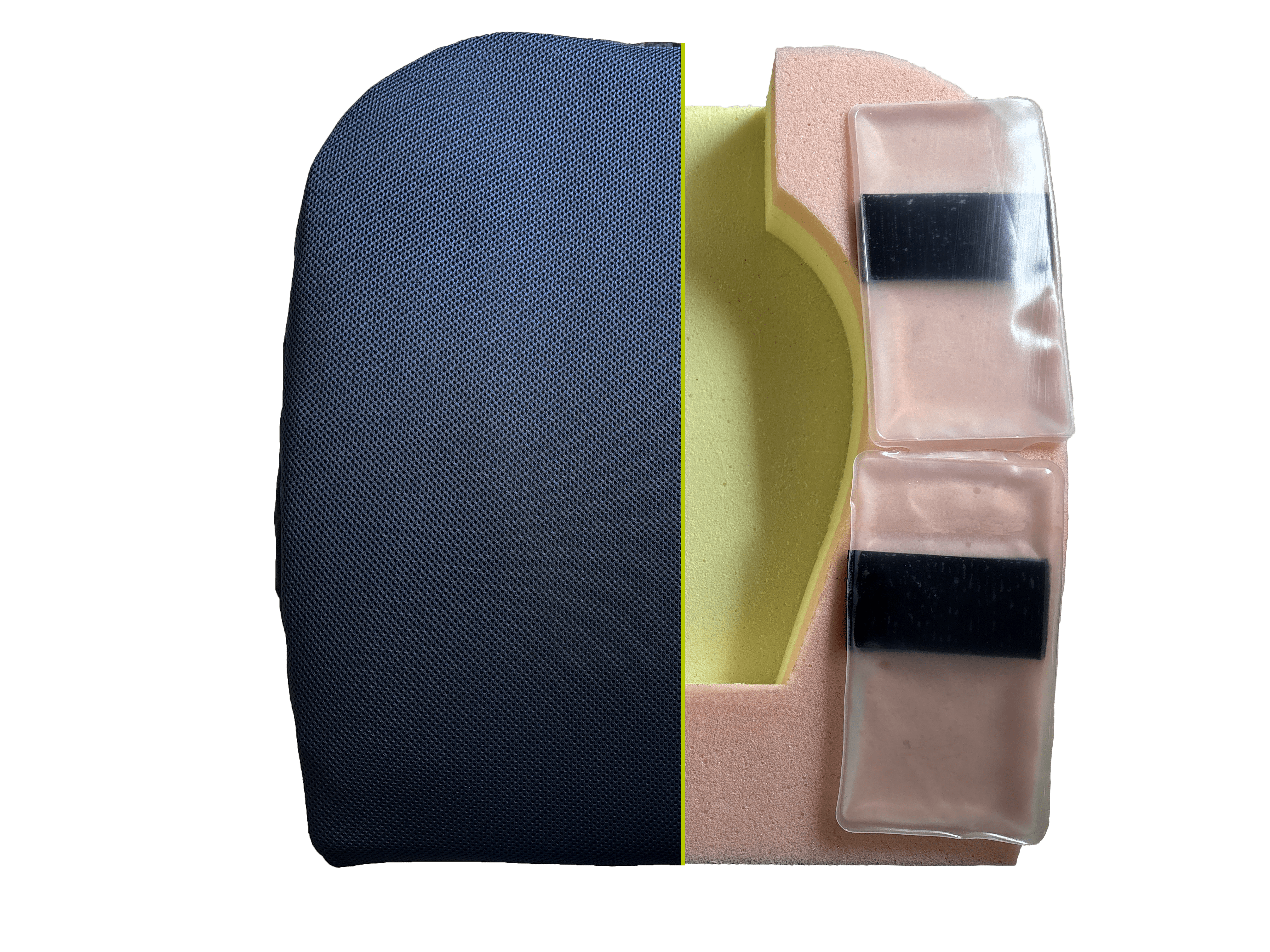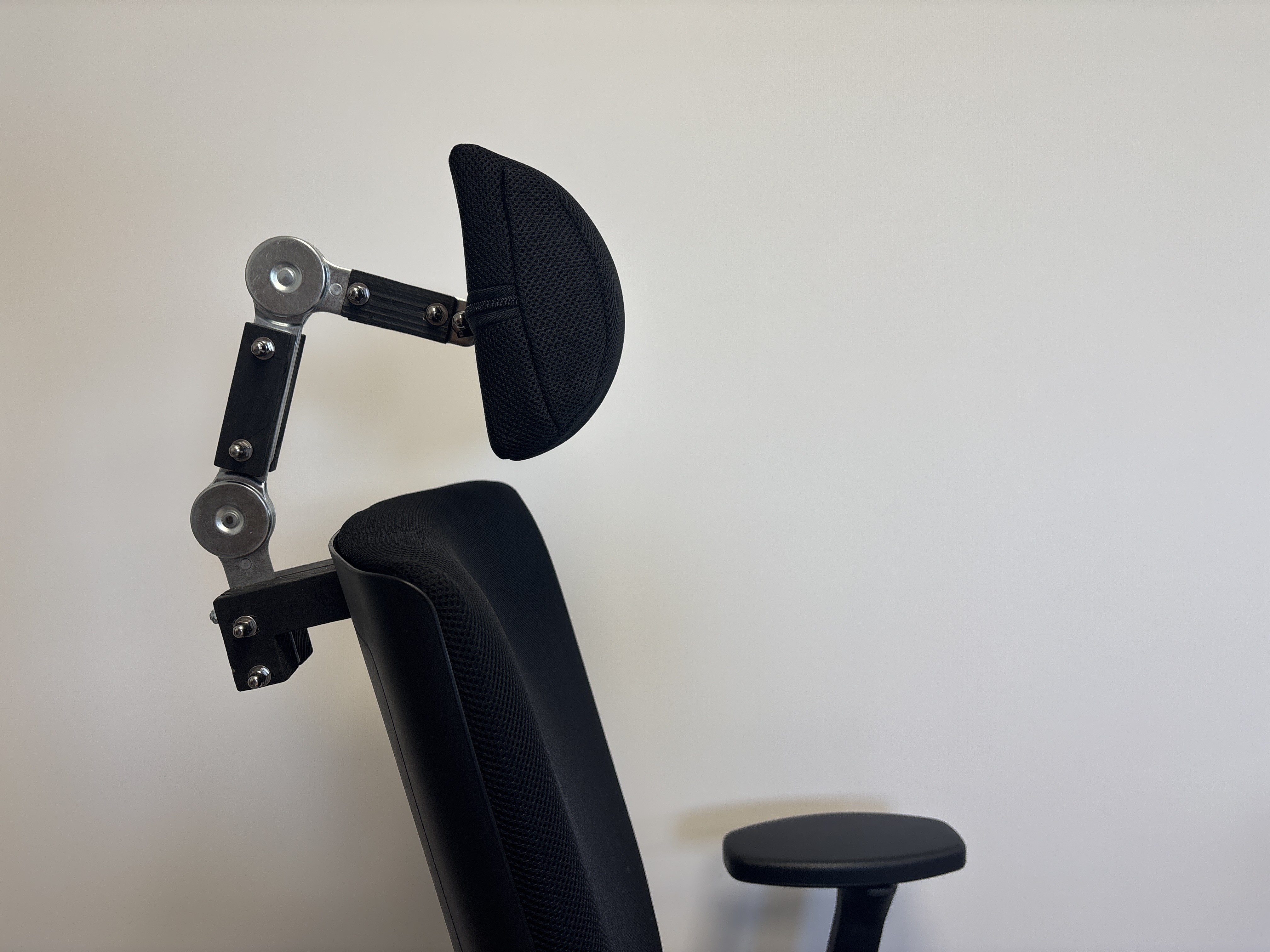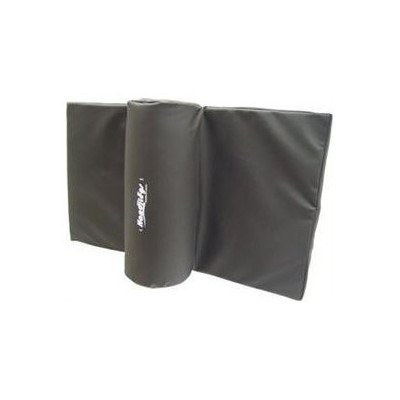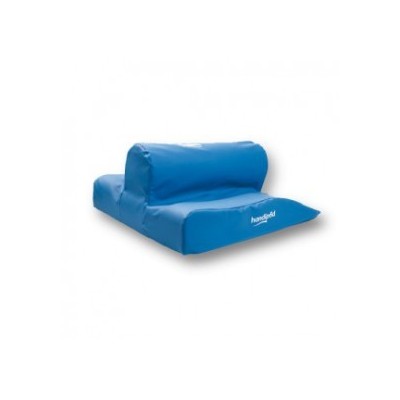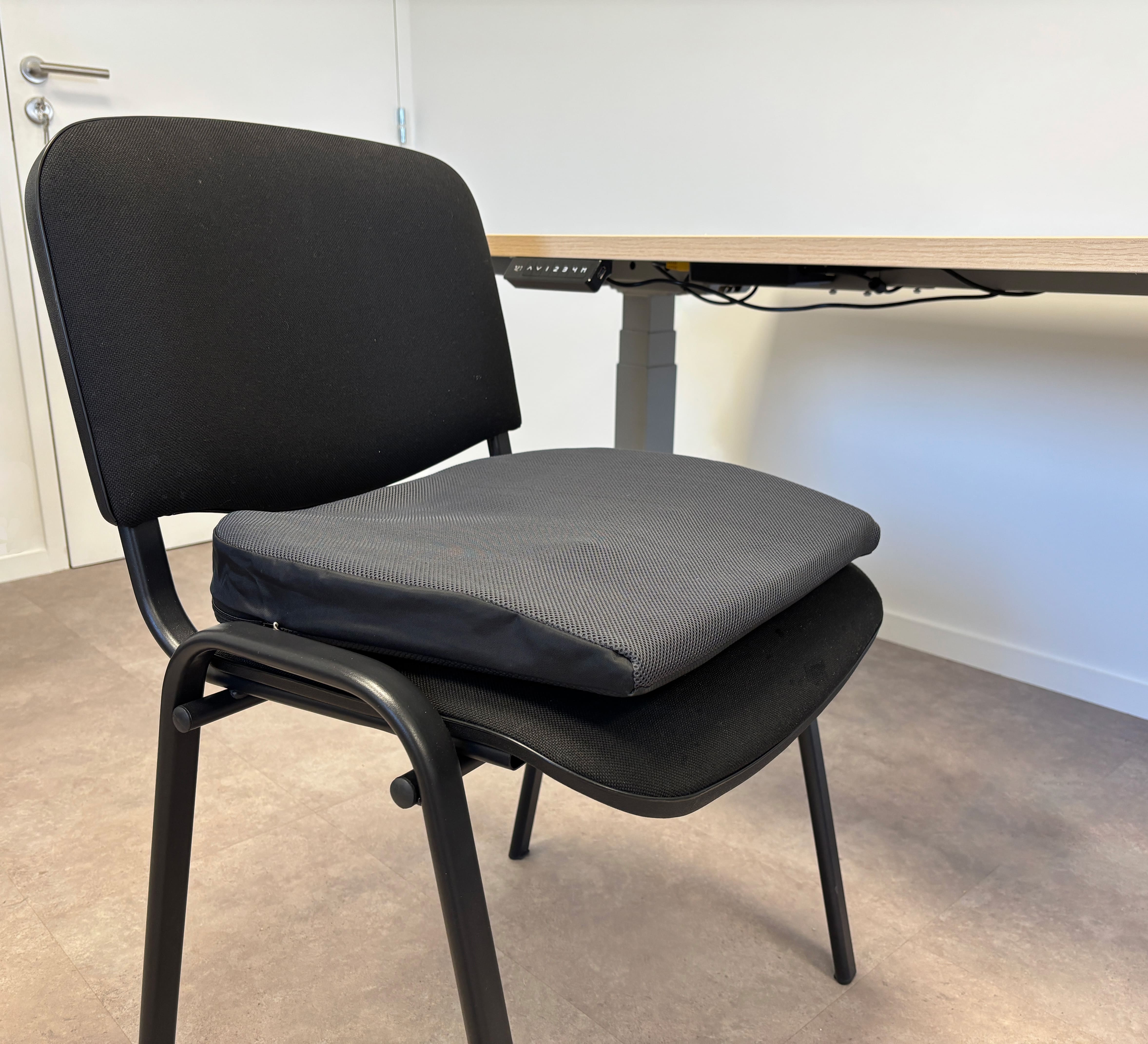
Why Does My Back Hurt While Sitting?
Poor Posture Can Cause Back Pain While Sitting
Two main factors combine to create back pain while sitting: bad habits and an ill-adapted chair.
Bad habits, like slouching over time, can be corrected. Slouching puts strain on muscles and impacts the spine, causing it to round forward. This compresses the spinal discs and can pinch nerves like the sciatic nerve.
If the problem is with your chair, simple adjustments might not be enough. If your chair doesn’t provide sufficient support or adjustability, an ergonomic cushion can greatly improve your sitting posture and comfort.
Too Much Sitting Can Worsen Back Pain
Prolonged sitting is a major strain on the human body. Back and leg tension, numbness in the buttocks, and general discomfort are common, even if you initially have no pain and maintain "good posture."
The average person spends up to 12 hours seated each day—working, eating, commuting, and relaxing—so it’s vital to counteract the effects of sitting for long periods.
How to Relieve Back Pain at the Office
How Should You Sit to Prevent Back Pain?
Follow these tips to reduce back pain:
- Adjust your chair so your hips are slightly higher than your knees, promoting a natural curve in your spine.
- Keep both feet flat on the floor to improve circulation and maintain good posture.
- Use your chair’s backrest to support your spine. If available, adjust the lumbar support to comfortably support your lower back without excessive pressure.
Note: There’s no one-size-fits-all "perfect posture." Proper posture depends on your body type and any medical conditions. Always listen to your body’s signals.
Taking Breaks Helps Reduce Back Pain
The best remedy for back pain when sitting is movement. We recommend standing and walking around every two hours at a minimum. This helps reactivate blood circulation and relieve muscle tension. Stretching can also be very effective for relaxing tight muscles.
Need better equipment? Check out our 2025 comparison of the best ergonomic cushions.

